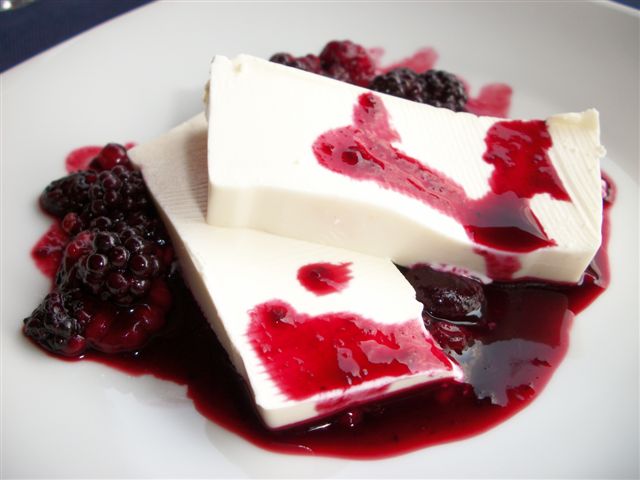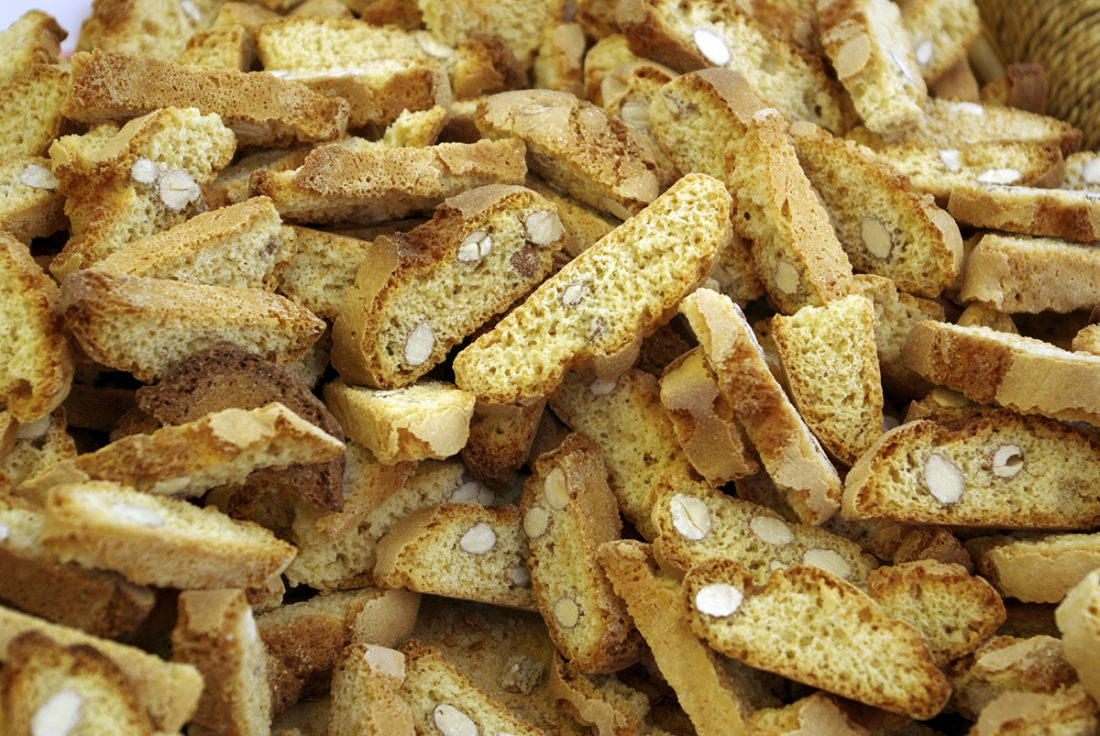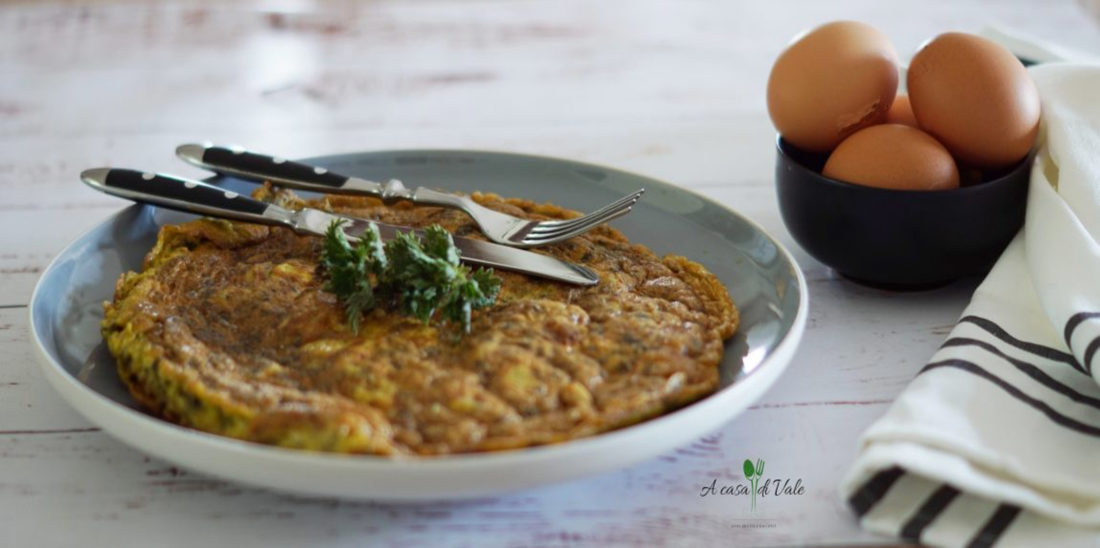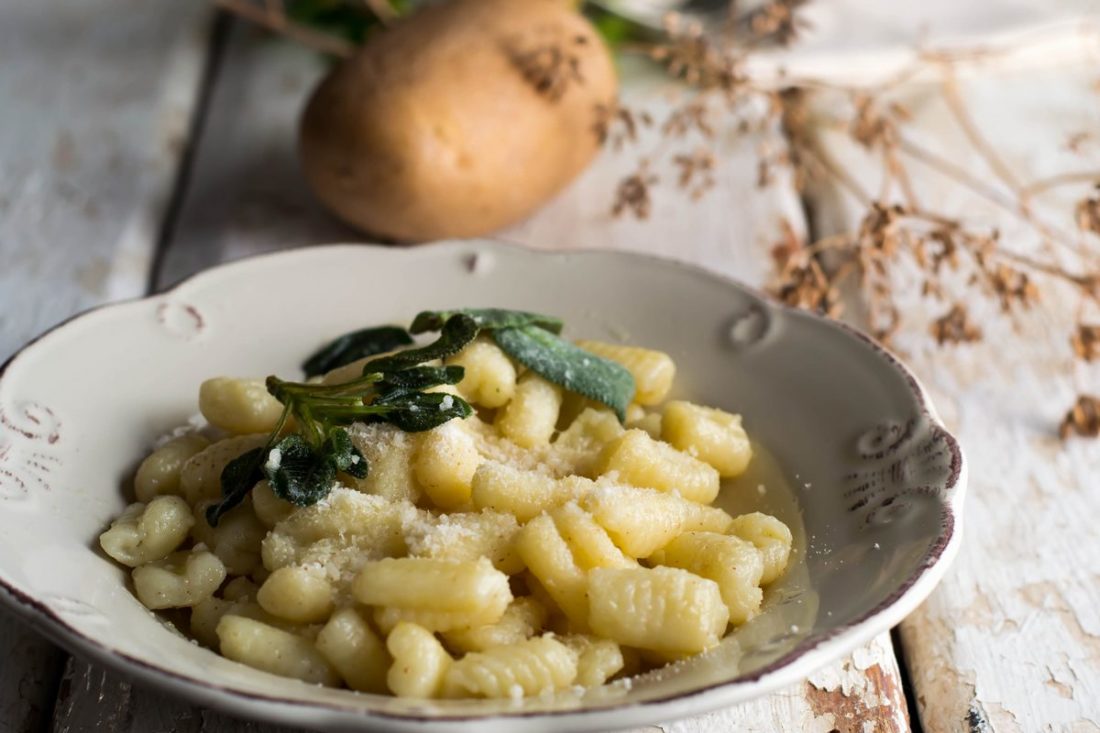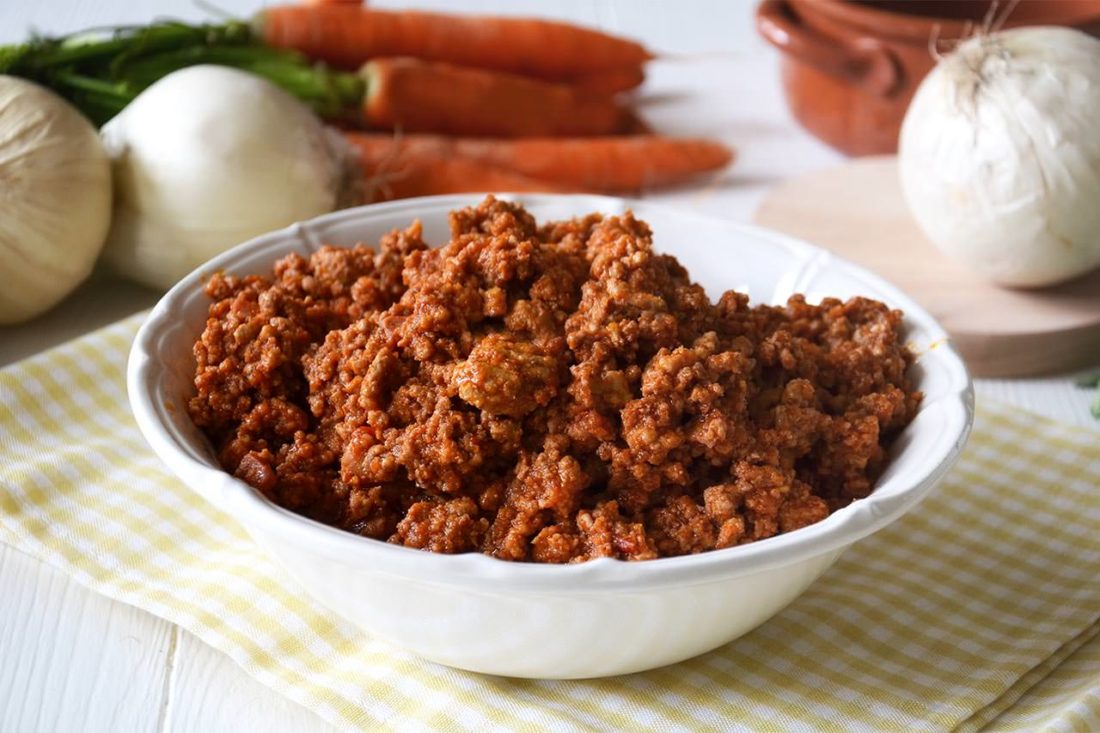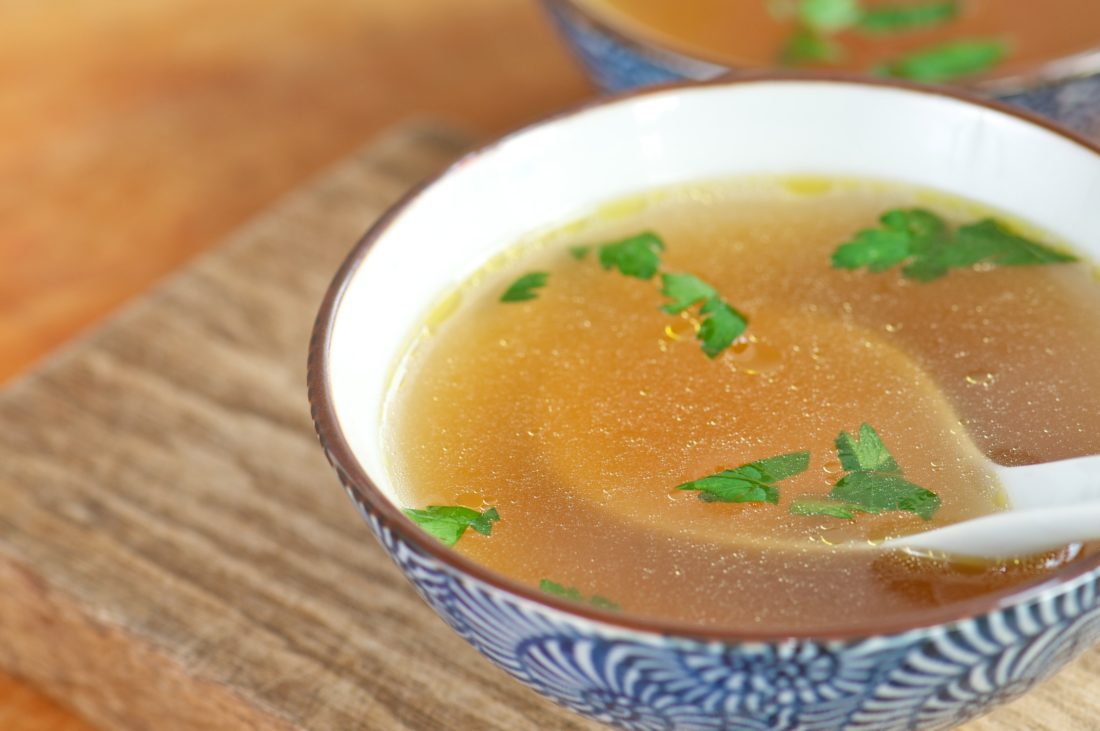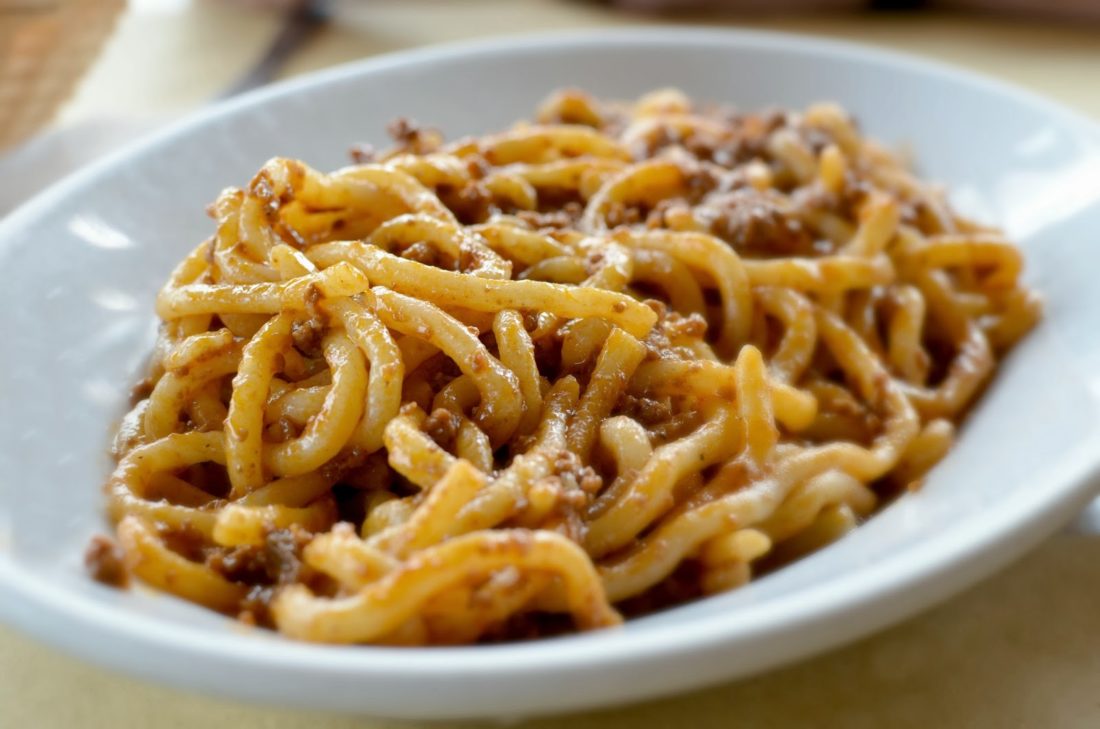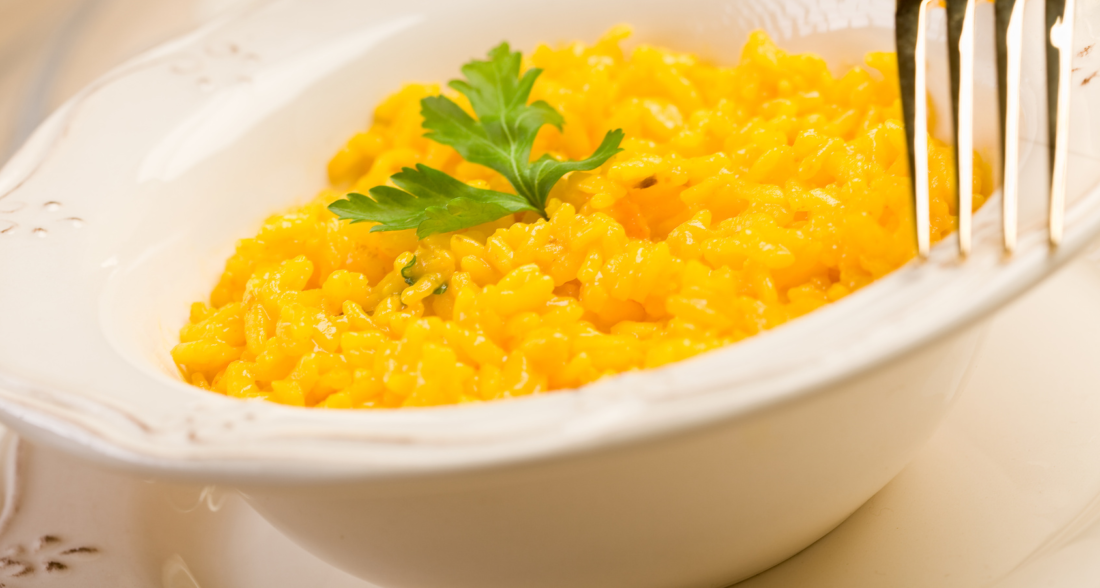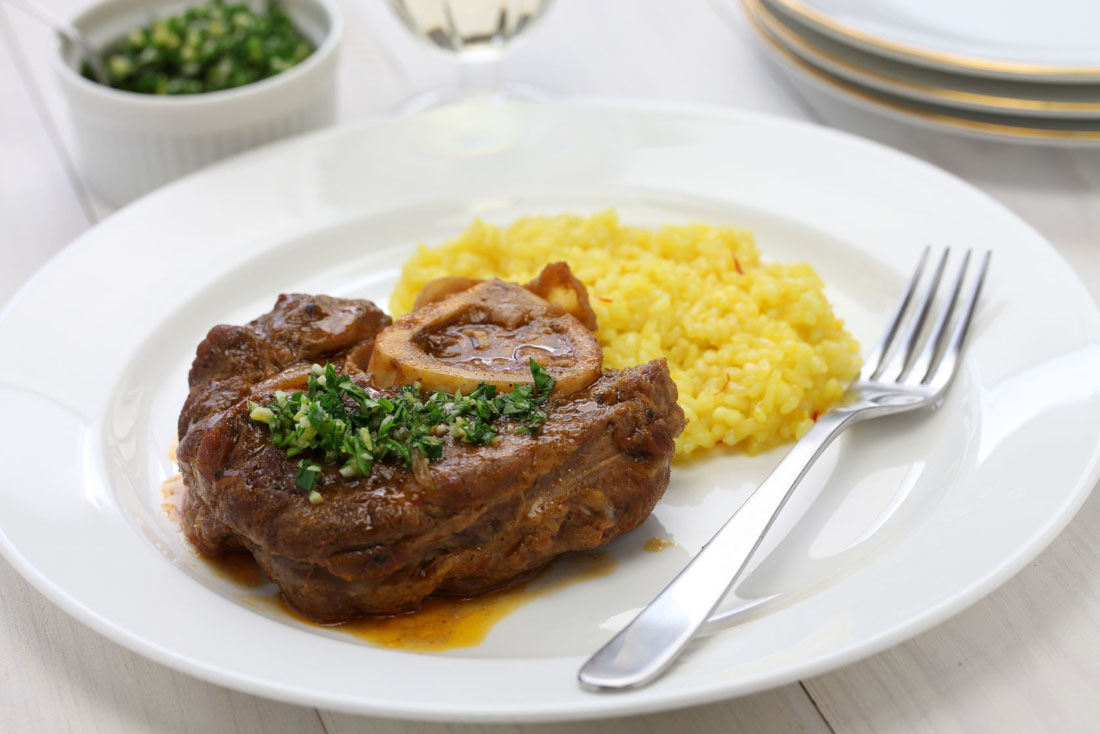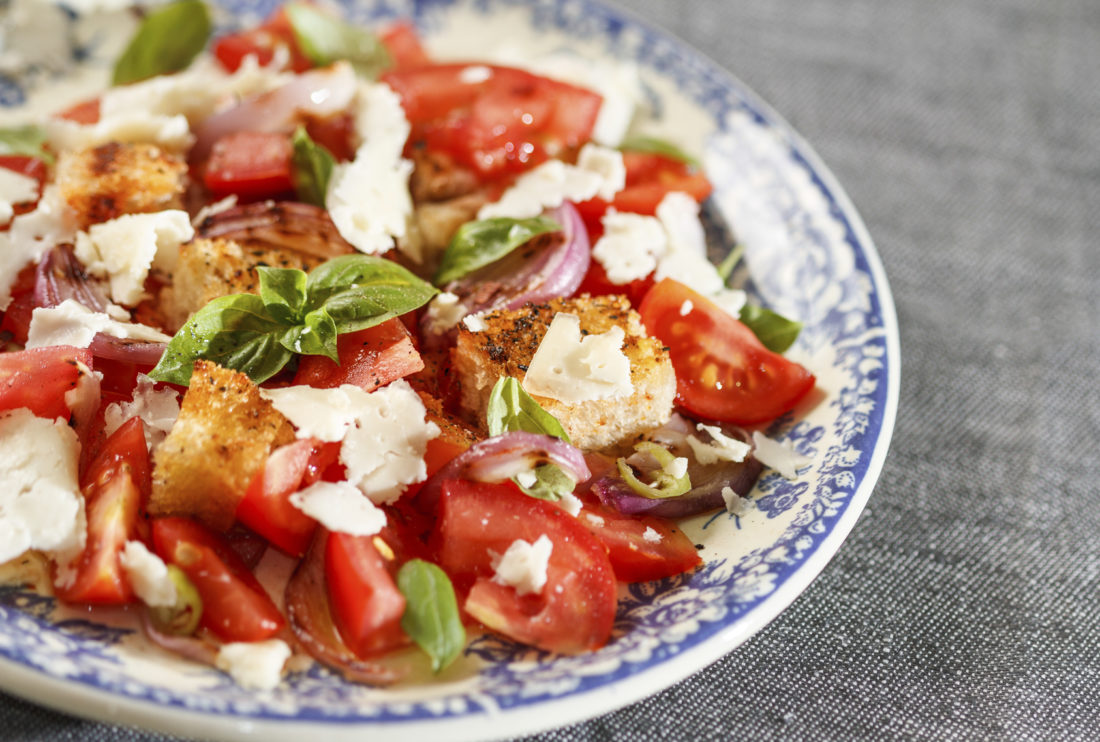Panna Cotta with Raspberry Sauce
ISA’S “PANNA COTTA WITH RASPBERRY SAUCE”
“Panna cotta” is a nothern Italian sweet (the origin is from Piedmont) that became popular all over Italy. Literally panna cotta means “cooked cream” in Italian, even though it is barely cooked at all! This is the most inexpensive, easy, unbelieveably fast dessert you can do and it looks like it belongs in one of those fancy restaurants. It is a very impressive and elegant dessert, especially when served on fancy dessert dishes and with small dessert cookies! Surprise your friends and relatives with this creamy, rich, rounded flavour dessert as I have over many years!
INGREDIENTS (FOR 4 PEOPLE)
For the cream:
500 ml (17 oz) heavy cream
120 g (½ cup) sugar
4 gelatin sheets (2 g each) or 1 (.25 ounce) envelope unflavored gelatin
1 vanilla bean (better) or 1 teaspoon of vanilla extract
For the raspberry sauce:
2 cups raspberries
1/3 cup sugar
2 tablespoons water
PREPARATION
Soften the gelatin sheets in cold water for about 10 minutes, or if using the envelope, sprinkle the gelatin over a little of the cream to dissolve. With a sharp knife, cut vanilla bean lengthwise in half and carefully scrape out and discard the seeds. Bring the cream, sugar, and the vanilla pod to a simmer, without boiling! Turn off the heat, cover the pan and leave to infuse for 5 minutes.
Throw away the vanilla bean, add the gelatin (well squeezed if using the sheets) and allow to dissolve, it will take only a few seconds. Keep stirring the hot liquid. Pour into one rectangular cake mold (nonstick, if possible) or divide it into individual molds (rinse them with water before pouring!) Cool uncovered at room temperature. When cool, refrigerate to solidify for at least 5 hours before serving.
Remove panna cotta from refrigerator. Dip the bottoms of the molds into a warm water bath for about 20 seconds. To unmold it, run tip of knife around edges. Turn out the panna cotta forms onto serving plates.
Spoon raspberry sauce around each panna cotta and sprinkle with raspberries.
Raspberry sauce:
Combine raspberries, sugar and lemon juice in a saucepan. Cook until raspberries are broken down. It will take about 10 minutes. Remove from heat . Pour theh sauce over the panna cotta and garnish with some fresh berries.
TIPS
Panna cotta is about nothing but texture. The cream must be robust enough to unmold, but delicate enough to shiver on the plate. This recipe is just right to get that feel.
The nice thing about panna cotta is that it easy to modify. You can prepare a variety of sauces to suit your taste. You can serve this dessert with a caramel, mocha, or chocolate sauce, but my favourite one is this raspberry sauce garnished with some fresh fruits.


